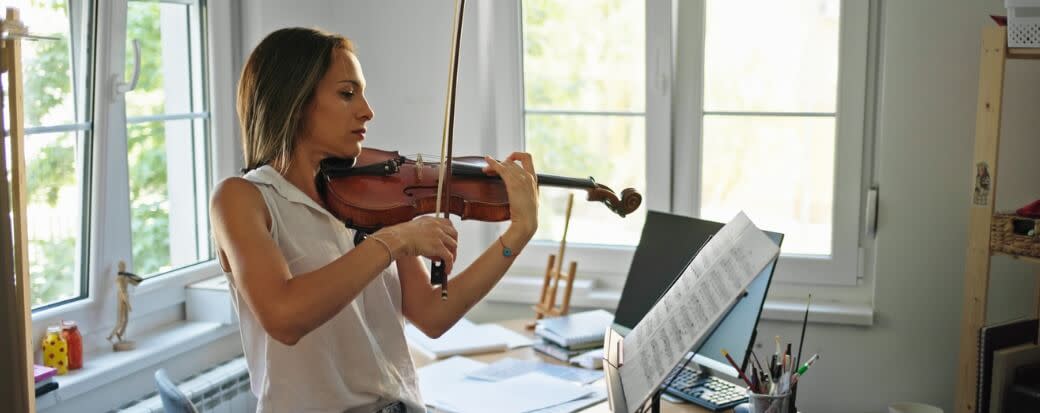Guide to Financing Musical Instruments

Share this article:
Editor’s note: Lantern by SoFi seeks to provide content that is objective, independent, and accurate. Writers are separate from our business operation and do not receive direct compensation from advertisers or network providers. Read more about our Editorial Guidelines and How We Make Money.
Are Musical Instruments Expensive?
Controlling Costs
Five Ways to Finance Musical Instruments
1. Borrowing from Friends and Family
2. Credit Cards
3. In-Store Financing
4. Personal Loans
5. Home Equity Loans
Personal Loans With Lantern
Frequently Asked Questions
Photo credit: iStock/EmirMemedovski
LNTPL-Q125-054
About the Author
Austin Kilham is a writer and journalist based in Los Angeles. He focuses on personal finance, retirement, business, and health care with an eye toward helping others understand complex topics.
Share this article: